

DEDICATION
To all the children who enjoy the world of birds as much as I do.
ACKNOWLEDGMENTS
Special thanks to the National Wildlife Refuge System along with state and local agencies, both public and private, for stewarding the lands that are critical to the many bird species we so love. Edited by Sandy Livoti Cover and book design by Jonathan Norberg Cover wavy border by ddok/Shutterstock.com Illustrations by Elleyna Ruud Range maps produced by Anthony Hertzel
Cover photos by Stan Tekiela: Northern Cardinal, Downy Woodpecker, American Robin, Black-capped Chickadee, Eastern Screech-Owl, American Kestrel and Rose-breasted Grosbeak
All photos by Stan Tekiela except pp. (female) by
Jim Zipp To the best of the publishers knowledge, all photos were of live birds. Some were photographed in a controlled condition. 10 9 8 7 6 5 4 3 2 1
The Kids Guide to Birds of Ohio: Fun Facts, Activities and 86 Cool Birds Copyright 2019 by Stan Tekiela Published by Adventure Publications An imprint of AdventureKEEN 330 Garfield Street South Cambridge, Minnesota 55008 (800) 678-7006 www.adventurepublications.net All rights reserved Printed in China ISBN 978-1-59193-837-8 (pbk.); ISBN 978-1-59193-838-5 (ebook)
Quick-Flip Color Guide
TABLE OF CONTENTS
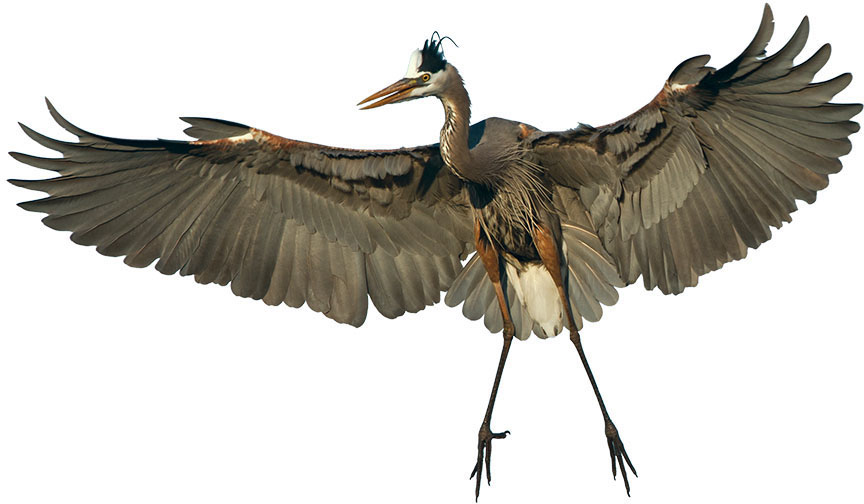
COOL BIRDS IN OHIO
The Kids Guide to Birds of Ohio is a fun, easy-to-use guide for anyone interested in seeing and identifying birds.
As a child, I spent hours of enjoyment watching birds come to a wooden feeder that my father built in our backyard. We were the only family in the neighborhood who fed birds, and we became known as the nature family. Now, more people feed birds in their backyards than those who go hunting or fishing combined. Not only has it become very popular to feed and watch birds, but young and old alike are also identifying them and learning more about them. Ohio is a fantastic place to see all sorts of birds. In fact, more than 425 species are found here! That makes it one of the top states to watch an incredible variety of birds.
In this field guide for Ohio, Im featuring 86 of the most common of these great species.  We have a wide range of habitats across Ohio, and each supports different kinds of birds. Our major habitats include forest and aquatic environments, both of which are widespread in the state. Ohio has lots of deciduous forest habitats! Here, leaves fall off the trees each autumn. Birds that prefer this habitat are often bright and colorful, and they build nests in leafy trees. We also have a fair amount of coniferous forest.
We have a wide range of habitats across Ohio, and each supports different kinds of birds. Our major habitats include forest and aquatic environments, both of which are widespread in the state. Ohio has lots of deciduous forest habitats! Here, leaves fall off the trees each autumn. Birds that prefer this habitat are often bright and colorful, and they build nests in leafy trees. We also have a fair amount of coniferous forest.
The trees here are evergreen, with green needles staying on the branches throughout the year. Conifers attract other types of birds, many of which migrate out of Ohio in winter. In addition, we have a lot of ponds, rivers and lakes, including Lake Erie, the fourth-largest of all lakes in the United States. Our aquatic environments are home to a wide array of ducks, geese, shorebirds and more.  The seasons here also play a role in the kinds of birds we see. Warm-weather tropical birds, such as orioles, hummingbirds and warblers, visit us in summer.
The seasons here also play a role in the kinds of birds we see. Warm-weather tropical birds, such as orioles, hummingbirds and warblers, visit us in summer.
We see an assortment of other birds during migration in fall and spring, including geese and cranes. Juncos, owls and more are common in winter. On top of it all, our backyard birds, most notably chickadees and finches, enjoy the seasons year-round. As you can see, Ohio is a terrific place to watch all kinds of cool birds. It is my sincere hope that you and your family will like watching and feeding birds as much as I did with my family when I was a kid.
BODY BASICS OF A BIRD
Its good to know the names of a birds body parts.
BODY BASICS OF A BIRD
Its good to know the names of a birds body parts.
The right terminology will help you describe and identify a bird when you talk about it with your friends and family. The basic parts of a bird are labeled in the illustration below. The drawing is a combination (composite) of several birds and should not be regarded as one particular species. 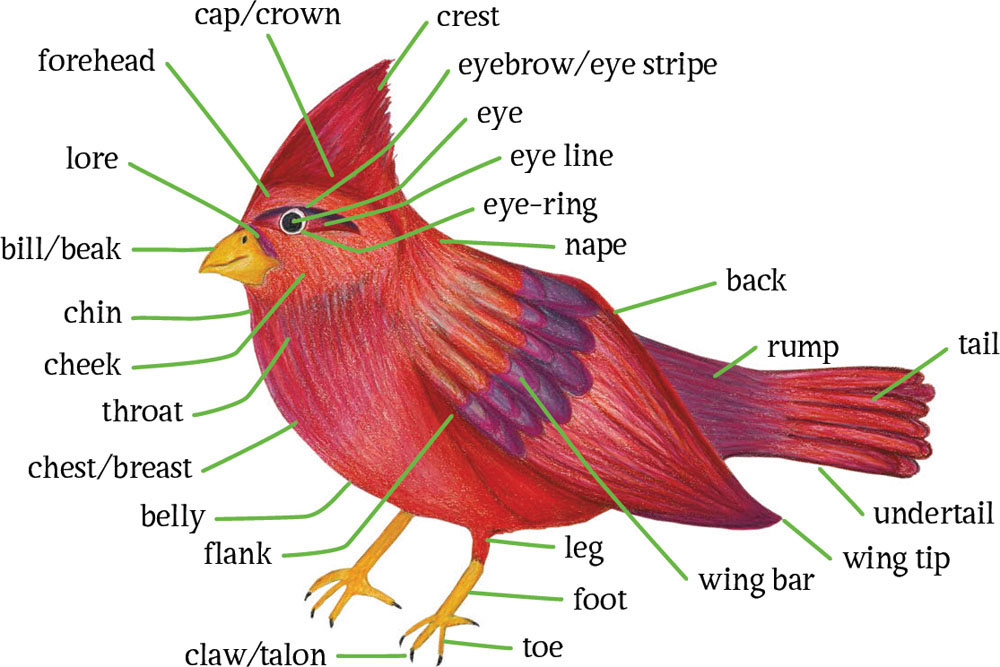
AMAZING NESTS
I am fascinated with bird nests! They are amazing structures that do more than just provide a place for egg laying. Nests create a small climate-controlled environment thats beneficial for both keeping the eggs warm and raising the young after they hatch. From the high treetops to the ground, there are many kinds of nests.
Some are simple, while others are complex. In any case, they function in nearly the same way. Nests help to contain the eggs so they dont roll away. They also help to keep baby birds warm on cold nights, cool on hot days and dry during rains. The following illustrations show the major types of nests that birds build in Ohio.  A ground nest can be a mound of plant materials on the ground or in the water.
A ground nest can be a mound of plant materials on the ground or in the water.
Some are just a shallow spot scraped in the earth. A platform nest is a cluster of sticks with a depression in the center. It is secured to the platform of a tree fork, or to several tree branches. A cup nest has a cupped interior, like a bowl. A pendulous nest is a woven nest that hangs and swings freely, like a pendulum, from a branch. A cavity nest is simply a cavity, or hole, usually in a tree.
The first step in nest building is to choose an appropriate site. Each bird species has a unique requirement for this. Some birds, such as American Robins, just need a tree branch. Others, like Eastern Bluebirds, look for a cavity and build the nest inside. Still others, such as Killdeer, search for camouflaged ground to scrape out a nest. Sometimes birds, like Turkey Vultures, dont bother building a nest at all if they spot a hard-to-reach cliff or rocky ledge, where it will be safe to lay their eggs.
Nest materials usually consist of common natural items found in the area, like sticks or dried grass. Birds use other materials, such as mud or spiderwebs, to glue the materials together. One species, the Chimney Swift, even uses its own saliva, or spit, to fasten its nest in place! One of the amazing things about nest construction is that the parents dont need building plans or tool belts. They already know by instinct how to build nests, and they use their beaks and feet as their main tools. To bring in nesting materials, birds must make many trips back and forth to the nest site. Most use their beaks to hold as much material as possible during each trip.
Some of the bigger birds, like Ospreys, use larger materials, such as thick sticks and thin branches. They grasp and carry these items with their feet. Nest building can take two to four days or longer, depending on the species and nest type. The simpler the nest, the faster the construction. Mourning Dove parents, for example, take just a few days to collect one to two dozen sticks for their platform nest. Woodpecker pairs, however, work upwards of a week to
Next page
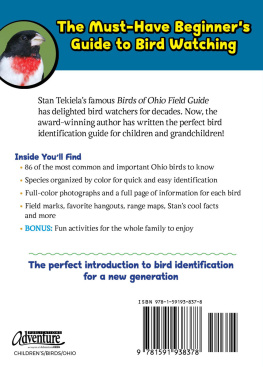

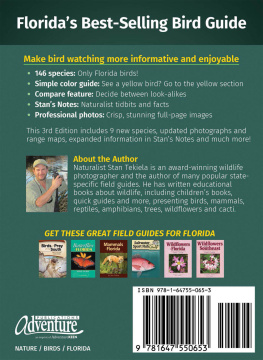
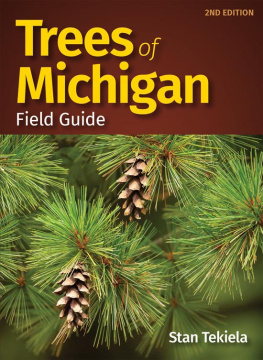
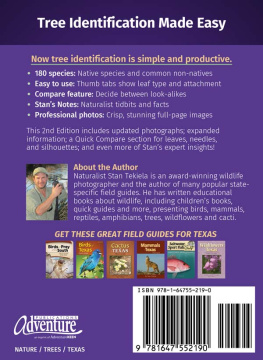
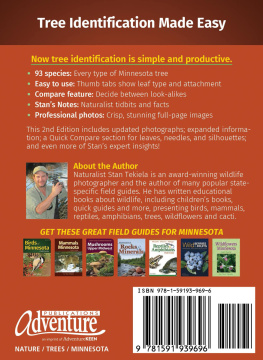




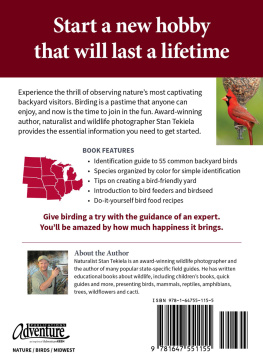
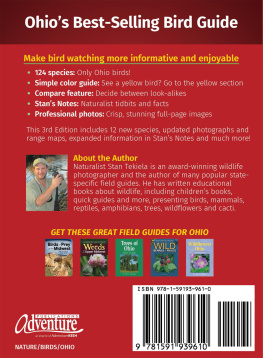


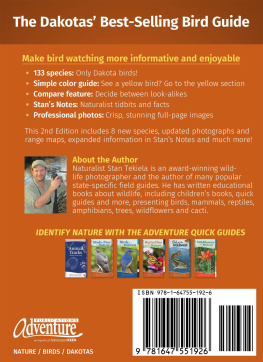
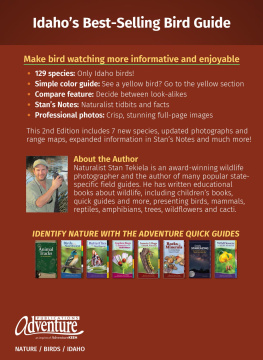





 We have a wide range of habitats across Ohio, and each supports different kinds of birds. Our major habitats include forest and aquatic environments, both of which are widespread in the state. Ohio has lots of deciduous forest habitats! Here, leaves fall off the trees each autumn. Birds that prefer this habitat are often bright and colorful, and they build nests in leafy trees. We also have a fair amount of coniferous forest.
We have a wide range of habitats across Ohio, and each supports different kinds of birds. Our major habitats include forest and aquatic environments, both of which are widespread in the state. Ohio has lots of deciduous forest habitats! Here, leaves fall off the trees each autumn. Birds that prefer this habitat are often bright and colorful, and they build nests in leafy trees. We also have a fair amount of coniferous forest. The seasons here also play a role in the kinds of birds we see. Warm-weather tropical birds, such as orioles, hummingbirds and warblers, visit us in summer.
The seasons here also play a role in the kinds of birds we see. Warm-weather tropical birds, such as orioles, hummingbirds and warblers, visit us in summer.
 A ground nest can be a mound of plant materials on the ground or in the water.
A ground nest can be a mound of plant materials on the ground or in the water.